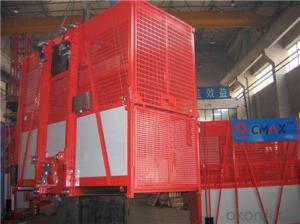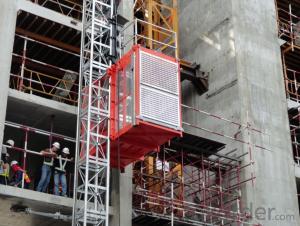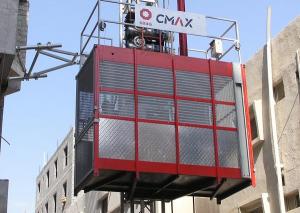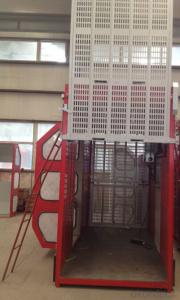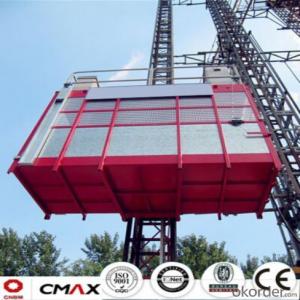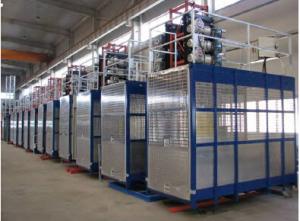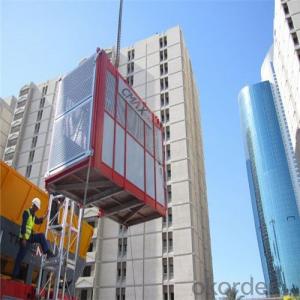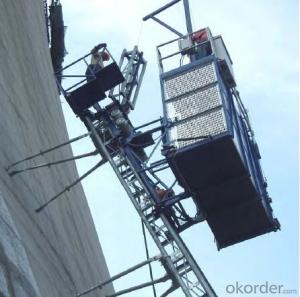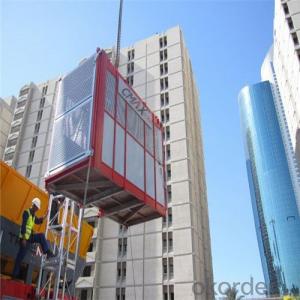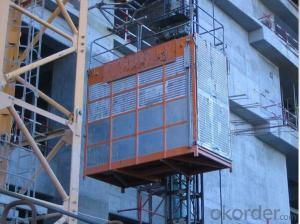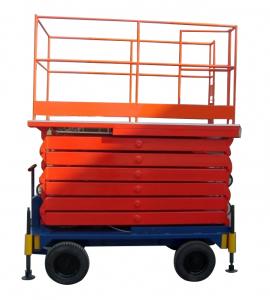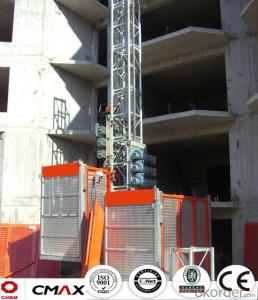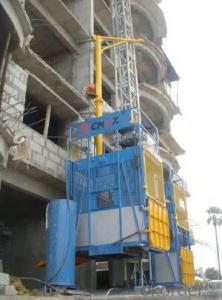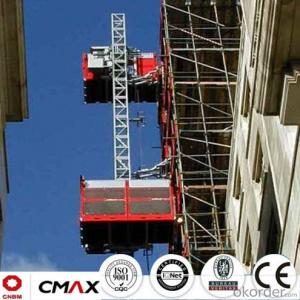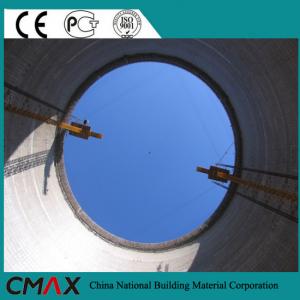All Categories
- - Steel Wire Rod
- - Steel Coils
- - Steel Profiles
- - Steel Pipes
- - Stainless Steel
- - Tinplate
- - Special Steel
- - Steel Sheets
- - Steel Rebars
- - Steel Strips
- - Hot Rolled Steel
- - Cold Rolled Steel
- - Pre-painted Steel
- - Seamless Steel Pipe
- - Welded Steel Pipe
- - Hollow Steel Tubes
- - Galvanized Pipe
- - Stainless Steel Coil
- - Stainless Steel Sheet
- - Stainless Steel Plate
- - Stainless Steel Strips
- - Electrolytic Tinplate Coil
- - Electrolytic Tinplate Sheet
- - Stainless Steel Rebars
- - Solar Panels
- - Solar Water Heater
- - Solar Related Products
- - Solar Inverter
- - Solar Cells
- - Solar Light
- - Solar Energy Systems
- - Solar Controllers
- - Solar Mounting System
- - Solar Pump
- - Solar Chargers
- - Fiberglass Chopped Strand
- - Fiberglass Mesh Cloth
- - Composite Pipes
- - FRP Pultrusion Profiles
- - Fiberglass Mat Tissue
- - Fiberglass Fabrics
- - Fiberglass Mesh
- - Composite Tank
- - Fiberglass Mesh tape
- - Polymer
- - FRP Roofing Panel
- - Fiberglass Roving
- - Monolithic Refractories
- - Ceramic Fiber Products
- - Refractory Bricks
- - Raw Materials For Refractory
- - Suspended Platform
- - Cranes
- - Concrete Machinery
- - Earthmoving Machinery
- - Building Hoist
- - Road Building Machinery
- - Plastic Pipe Fittings
- - Plastic Tubes
- - Plastic Sheets
- - Agricultural Plastic Products
- - Plastic Nets
 All Categories
All Categories
Q & A
What are the safety precautions for loading and unloading materials on a building hoist?
When loading and unloading materials on a building hoist, it is important to follow a set of safety precautions to ensure the safety of everyone involved. These precautions include:
1. Proper training: All personnel involved in loading and unloading materials on a building hoist should receive proper training on how to operate the hoist safely. This includes understanding the controls, weight limits, and proper lifting techniques.
2. Inspecting the hoist: Before using the building hoist, it is important to inspect it for any signs of damage or malfunction. This includes checking the cables, brakes, and other components to ensure they are in good working condition.
3. Weight limits: It is crucial to adhere to the weight limits specified by the manufacturer. Overloading the hoist can lead to accidents and damage to the equipment.
4. Securing the load: When loading materials onto the hoist, it is important to secure them properly to prevent them from shifting or falling during transportation. This may involve using straps, chains, or other appropriate means of securing the load.
5. Clear communication: Clear and effective communication is essential during the loading and unloading process. This includes using hand signals or radios to communicate between the hoist operator and the personnel on the ground.
6. Personal protective equipment (PPE): All personnel involved in the loading and unloading process should wear appropriate PPE, such as hard hats, safety vests, and steel-toed boots, to protect themselves from potential hazards.
7. Restricted access: Only authorized personnel should be allowed in the vicinity of the hoist during the loading and unloading process. This helps to prevent accidents and ensures that everyone involved is aware of the potential risks.
By following these safety precautions, the risk of accidents and injuries can be significantly reduced during the loading and unloading of materials on a building hoist.
What are the limitations of a building hoist in remote locations?
The limitations of a building hoist in remote locations include limited access to necessary infrastructure such as electricity or a reliable power source, difficulties in transporting and assembling the hoist in remote and rugged terrains, increased costs associated with logistics and maintenance, and potential delays due to limited availability of skilled operators or technicians in remote areas.
What are the common maintenance intervals for a building hoist?
The common maintenance intervals for a building hoist typically include regular inspections and servicing every six months, with more comprehensive inspections and major maintenance performed annually. However, the specific intervals may vary depending on the manufacturer's recommendations and the local regulations.
What are the main components of a building hoist?
The main components of a building hoist typically include the mast, which provides vertical support; the car or platform, which carries people and materials; the hoist mechanism, which allows for vertical movement; the electrical control system, which facilitates operation; and the safety devices, such as limit switches and emergency stop buttons.
Wholesale Building Hoist from supplier in Kiribati
Our team of experts will guide you through the entire process, from selecting the right building hoist for your specific requirements to arranging shipping and delivery to Kiribati. We understand the unique challenges and regulations of the Kiribati market and will ensure that all necessary permits and certifications are obtained.
In addition to our sales services, we also provide comprehensive after-sales support. Our technical team is available to assist with any maintenance or repair needs, ensuring that your building hoist operates smoothly and efficiently throughout its lifespan.
At CNBM, we prioritize customer satisfaction and strive to exceed your expectations. We pride ourselves on delivering high-quality products and services at competitive prices. By partnering with us for your building hoist needs in Kiribati, you can benefit from our global network and resources, ensuring a seamless procurement process.
Contact us today to discuss your requirements and let us provide you with the best solutions for your building hoist needs in Kiribati.
In addition to our sales services, we also provide comprehensive after-sales support. Our technical team is available to assist with any maintenance or repair needs, ensuring that your building hoist operates smoothly and efficiently throughout its lifespan.
At CNBM, we prioritize customer satisfaction and strive to exceed your expectations. We pride ourselves on delivering high-quality products and services at competitive prices. By partnering with us for your building hoist needs in Kiribati, you can benefit from our global network and resources, ensuring a seamless procurement process.
Contact us today to discuss your requirements and let us provide you with the best solutions for your building hoist needs in Kiribati.
